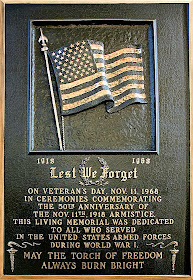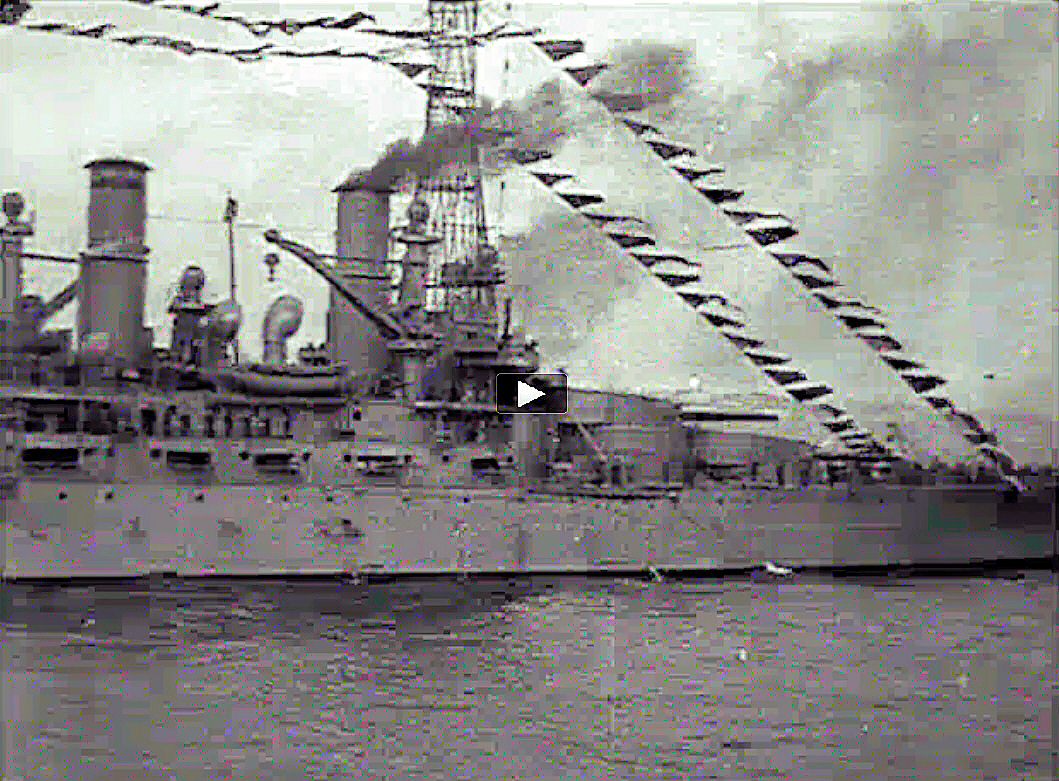Imperial Germany's "Iron Regiment" of the First World War
By John K. Rieth
Badgley Publishing Company, 2014
 |
| German Depiction of Fighting at the Somme |
In the past few years there have been numerous books that deal with the German view of World War I. These works have given historians a better rounded knowledge of the Great War. Rieth's book stands head and shoulders above previously published unit histories and should not be ignored for its substantial value in providing the whole picture of many of the war's landmark battles.
John Rieth is a retired U.S. Army lieutenant colonel who brings his considerable experience in military matters to bear in this work. Prior to this work, he authored Patton's Forward Observers, The History of the 7th Field Artillery Observation Battalion. However, this book is a personal endeavor in that it is based on the war observations of his grandfather, who served in the 169 Infantry Regiment from 1914–1915. To that record, Rieth has expertly added excerpts from Otto Lais's book A Machine-gunner in the Iron Regiment (8th Baden Infantry Regiment #169)A, plus the Commemorative Publication for the 1st Regimental Day of the Former 8th Infantry Regiment #169 on 30 and 31 August 1924. The current book is the result of the blending of the three, plus smatterings from other primary sources, and is a treat to read. With a few exceptions, there are no boring, humdrum details that many of us have had to endure in unit histories.
Rieth begins with the ancestry of the regiment into which his grandfather was conscripted in 1912 when he was 20 years old. The army had formed the 169 IR during a corps reorganization in 1897, but its roots ran back to battalions that fought in the Napoleonic Wars. Initially it had a nickname of Handwerksburschen (Handworkers) Regiment because most of its soldiers came from the parts of the Grand Duchy of Baden that were known for making jewelry and watches.
Rieth's grandfather's observations provide a very interesting picture of pre-war life in the regiment and also of his reaction to mobilization in August 1914. Thereafter the author, quoting from his grandfather, gives a detailed description of the first real battle of the Great War, Mulhouse, fought on 9 August 1914. Ever after that the regiment was in the forefront of nearly every notable battle on the Western Front. In 1915 it's at Artois and in the Champagne region. In 1916 it's on the Somme and at Serre. There the name of Handwerksburschen was changed to Iron Regiment in tribute to its stand at Serre. In 1917, it's back in Champagne and its 1918 assignments culminate with the Meuse-Argonne offensive facing the Americans.
Anyone who has studied these battles from the English and American perspectives will readily appreciate how Rieth completes the picture of the overall battle. Drawing from Lais's work and the regimental history, he gives the reader a real feel for the preliminary bombardment the 169 IR endured before the first day of battle on the Somme. He also shows how material conditions, but not attitudes, deteriorated after August 1918 when over 1500 men of the division that the regiment was part of were captured. Interestingly enough, this book does not take a pessimistic view of the war except to editorialize on some of the battle orders the regiment was required to carry out. It is a highly personal view of fighting and clearly shows that winning the war to preserve Germany was the regiment's objective.
Don't miss this book. The portion on Mulhouse is a gem, and the description of opposing the Americans' Meuse-Argonne offensive is priceless.
Michael Kihntopf
Image from Tony Langley's Collection
John Rieth is a retired U.S. Army lieutenant colonel who brings his considerable experience in military matters to bear in this work. Prior to this work, he authored Patton's Forward Observers, The History of the 7th Field Artillery Observation Battalion. However, this book is a personal endeavor in that it is based on the war observations of his grandfather, who served in the 169 Infantry Regiment from 1914–1915. To that record, Rieth has expertly added excerpts from Otto Lais's book A Machine-gunner in the Iron Regiment (8th Baden Infantry Regiment #169)A, plus the Commemorative Publication for the 1st Regimental Day of the Former 8th Infantry Regiment #169 on 30 and 31 August 1924. The current book is the result of the blending of the three, plus smatterings from other primary sources, and is a treat to read. With a few exceptions, there are no boring, humdrum details that many of us have had to endure in unit histories.
Order Now |
Rieth's grandfather's observations provide a very interesting picture of pre-war life in the regiment and also of his reaction to mobilization in August 1914. Thereafter the author, quoting from his grandfather, gives a detailed description of the first real battle of the Great War, Mulhouse, fought on 9 August 1914. Ever after that the regiment was in the forefront of nearly every notable battle on the Western Front. In 1915 it's at Artois and in the Champagne region. In 1916 it's on the Somme and at Serre. There the name of Handwerksburschen was changed to Iron Regiment in tribute to its stand at Serre. In 1917, it's back in Champagne and its 1918 assignments culminate with the Meuse-Argonne offensive facing the Americans.
Anyone who has studied these battles from the English and American perspectives will readily appreciate how Rieth completes the picture of the overall battle. Drawing from Lais's work and the regimental history, he gives the reader a real feel for the preliminary bombardment the 169 IR endured before the first day of battle on the Somme. He also shows how material conditions, but not attitudes, deteriorated after August 1918 when over 1500 men of the division that the regiment was part of were captured. Interestingly enough, this book does not take a pessimistic view of the war except to editorialize on some of the battle orders the regiment was required to carry out. It is a highly personal view of fighting and clearly shows that winning the war to preserve Germany was the regiment's objective.
Don't miss this book. The portion on Mulhouse is a gem, and the description of opposing the Americans' Meuse-Argonne offensive is priceless.
Michael Kihntopf
Image from Tony Langley's Collection













.jpg)




.jpg)










.jpg)















